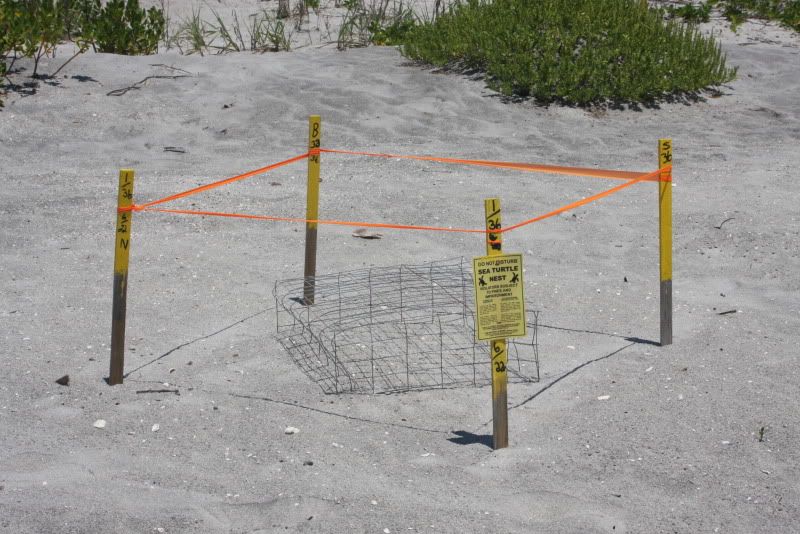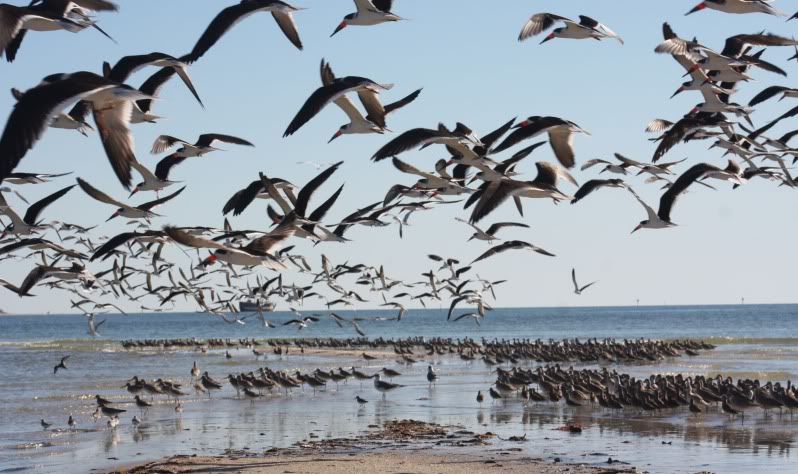Summer 2011 - The Florida Society for Ethical Ecotourism * | |
(Click any name to send email)
CHAIR VICE-CHAIR SECRETARY Greg Allard
EXECUTIVE DIRECTOR Phone: (239) 432-2163 Fax: (239) 432-2030 Calendar Events
Ecotour Provider Series July 12th - Lee County July 21st - Collier County Eco-Research in Southwest Florida - Sea Turtles & Coyotes: Local scientists Dr. Jeff Schmid and Dr. Marty Main will share their recent findings about the Riddles of the Kemp’s Ridley Turtle and Coyotes in Florida ... the Good, the Bad, and the Ugly. Ecotour Provider Series Ecotour Provider Series
Ecotourism & Sustainability Tourism International Confernece |
Thank you for supporting the Florida Society for Ethical Ecotourism.
Our newsletter is filled with interesting articles on the cultural and natural history of Florida as well as important Florida SEE news and events. Most important, we will highlight portions of our certification program in an effort to educate tour operators and help them become the most responsible, sustainable and eco-friendly operators they can be.
We encourage you to stay connected and we welcome your input. If you have suggestions for future newsletter content or wish to contribute an article yourself please let us know. Florida SEE is a member-driven organization and we work best when we work together to strengthen ecotourism in Florida.
Pete Corradino - Vice-Chair of Florida SEE - petecorradino@floridasee.com
Turn-ONS and Turn-OFFS for Turtlesby JoNell Modys Many visitors to Florida's coastal areas wonder why residences and beach front hotels are so dark at night. Why are guests and residents asked to draw their curtains over their windows and eliminate most outdoor lighting?
A wire cage helps protect turtle eggs from nest predators while stakes remind beach goers to take care in nesting areas.
Sea Turtle nesting season is May 1 to October 31. There are a number of different species of sea turtles that nest on the beaches of Florida during this time. The most common is the Loggerhead but we also have nesting activity from the Green, Kemps Ridley, Hawksbill and Leatherback Turtles.
Females crawl out of the ocean, dig a hole in the sand, lay a clutch of eggs, bury it and head back to the water. If all goes well, a couple of months later some of the hatchlings begin to emerge from their sandy refuge. So why the need for darkness on the beach? read more... Pishing and Flushingby Pete Corradino Have you ever pished or flushed on tour?
Enticing wildlife in is frowned upon as well. Pishing is the act of making a "psshhhh pssshhh" like noise to attract birds. The noise suggests distress to a fellow bird and they come to investigate potential danger and help a fellow bird. Operators should do their best to avoid altering the natural behavior of wildlife.
Would you like your tour operation to become Florida SEE certified? For more info CLICK HERE Florida SEE 2011 Annual Meeting
The officially renamed Florida Society for Ethical Ecotourism held its 11th annual meeting at the Pink Shell Beach Resort and Spa on Fort Myers Beach, Fla. on Saturday, June 4th. The meeting was presided over by Florida SEE Chair Rebecca Beck and Executive Director John Kiseda. Highlights include:
For a full report of the meeting CLICK HERE Welcome New Board Members
To read their full Bios CLICK HERE Mound Houseby Greg Allard
I first visited this site five years ago when archaeologists were excavating a portion of the mound which was situated directly beneath an in-ground swimming pool. I had observed that one of the archaeologists had just found a small piece of charcoal in the lower level and was putting the sample in a zip lock bag that he had carefully labeled. Volunteers and interns were bringing buckets of debris topside to be sifted and screened for archaeological evidence while archaeologists were carefully scraping the lower floor of the mound.
A below ground chamber allows visitors to see a cross section of the excavation site.
Construction started on the mound around 100 B.C. and continued until 700 A.D. Archaeological investigations show that the site was occupied between these two dates. The site was abandoned around 700 A.D.; however, the Calusa continued to utilize the site for several hundred years afterward.
Illuminated layers of shells in the mound
What happened to the Calusa and how did the site transform from a shell mound to Fort Myers Beach's first homestead to the unique cultural resource found here today? read more... |
| Florida SEE Star News - Summer 2011 - The Florida Society for Ethical Ecotourism * | |





